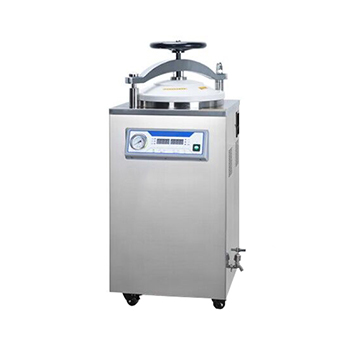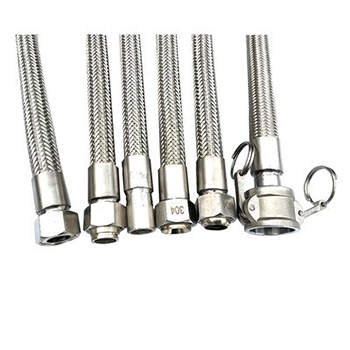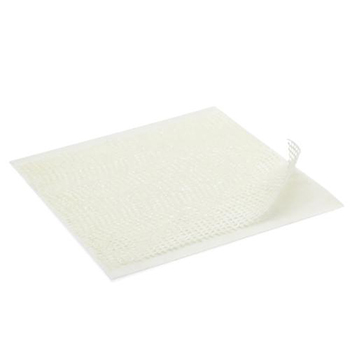Steam Autoclave Sterilizer Troubleshooting
The steam autoclave sterilizer is a device that uses saturated pressure steam to sterilize items quickly and reliably, and is suitable for medical and health care, scientific research, agriculture and other units. Due to frequent use on a daily basis, a variety of faults will inevitably occur. Mastering troubleshooting and solutions can avoid prolonged sterilization on hold, and the following are several common faults and treatment methods of autoclaves.
Autoclave sterilizer troubleshooting and maintenance solutions
The temperature is not displayed
The temperature monitor may be faulty and not display the temperature properly. This may be due to damage to the monitor, faulty connections, or other technical problems. First, check that the temperature display itself is properly connected and that there is no visible physical damage. If there is, the display or sensor may need to be replaced.
Failure to sterilize properly
Open the side cover of the instrument, disassemble the drainage pipeline and the three-way valve, and unclog them. They must be replaced if the rust is serious, and regularly open the exhaust and drainage valve with pressure to shock the pipeline during future use. To prevent this problem from occurring again, add distilled water to the sterilization pot as much as possible and replace it regularly (Adding distilled water is generally replaced twice a week. Adding tap water must be replaced once a day).
The pressure cannot reach the requirement
When the sterilizer is used for a long time, certain parts may be worn, corroded or fatigue fracture, such as sealing ring, valve diaphragm, etc., which will lead to gas leakage. Parts that have been worn, corroded or fatigued and fractured, such as seals, valve diaphragms, etc., must be replaced with new parts in a timely manner to ensure effective sealing performance.
Sterilizer sealing parts such as door seals, valves, and pipe connections may be damaged, deteriorated, or loose, resulting in gas leakage. Carefully inspect parts such as door panel seals, valves, and pipe connections to ensure that the seals are intact, tightly fitted, and not visibly damaged or deteriorated. If problems are found, replace sealing parts promptly.
There may be leakage points inside the sterilizer, such as piping connections, safety valves and other locations, which may lead to gas leakage. Carefully inspect parts such as door seals, valves and piping connections to ensure that the seals are intact, tightly fitted and that there is no visible damage or deterioration. Replace sealing parts promptly if problems are found. Check for possible leaks such as pipe connections, safety valves and other locations to ensure tight connections and repair any leaks. Depending on the circumstances it may be necessary to reinstall sealing gaskets, apply sealants or replace damaged parts.
The safety valve works abnormally and cannot release pressure
The safety valve may be clogged with dirt, deposits, or other contaminants that prevent it from opening and relieving pressure properly. Check the safety valve for any dirt or sediment blockage. Thoroughly clean the safety valve with an appropriate cleaning agent or water to ensure that it is clear.
The safety valve may be damaged or fail due to prolonged use or external impact. If the safety valve is damaged or deteriorated, it must be replaced with a new one. Contact the ATO or professional maintenance personnel to obtain a suitable model of safety valve and replace it according to the relevant installation instructions.
Perform regular autoclave maintenance, including inspection and cleaning of the safety valve. Follow the manufacturer's recommendations for periodic replacement of the safety valve to ensure proper operation.
Heating system is not heated
Detect whether the heating system power supply is normal, usually the main control machine wiring failure, re-contact good can be. Pay attention to whether the protection is triggered and not heating. Ensure that the power line is properly connected and the power supply is stable. Check whether the power socket, power cord, circuit breaker, etc. are working properly. If problems are found, repair or replace power supply components.
The controller of the heating system may be faulty and unable to properly control the heating elements. This may be caused by a faulty controller, incorrect settings, or other electronic component failure. Double-check the heating system's controller to make sure it is set correctly and working properly. If a malfunction or incorrect setting is found, try resetting or repairing the controller.
Drainage process stop
The drain valve may be clogged, damaged, or improperly operated, preventing it from draining properly. This can be caused by problems such as clogged dirt, damaged valves, or valves that are not fully open. Check the drain valve for clogging, damage or improper operation. Clean or replace the drain valve to ensure it is working properly. Also, make sure the drain valve is fully open to ensure smooth drainage.
When the water level is too low, the autoclave's protection device may stop working to prevent equipment damage. This may be due to insufficient water filling, leaks or other reasons. Check the water level in the autoclave to ensure that it is within the normal range. If the water level is too low, perform a proper water fill operation to ensure that the water level returns to normal.
Water vapor in the pressure gauge
Water vapor may seep inside the gauge through pipes, valves, or other poorly sealed areas. This may be due to deteriorated, damaged, loose or incorrectly installed parts. Carefully inspect the sealing parts around the pressure gauge, such as pipe connections, valves, etc. Ensure that sealing parts are intact, tighten connections, and repair any problems found. If sealing parts are found to be deteriorated, damaged or beyond repair, they must be promptly replaced with new seals.
Water injection time is too long
It is possible that the water supply is unstable or the water pressure is insufficient, resulting in a long filling time. Ensure that the water supply is stable and check that the water pressure meets the requirements of the steam autoclave sterilizer. If the water supply is unstable or the water pressure is insufficient, it may be necessary to improve the water supply system or increase the water pressure.
The water injection valve may be clogged, damaged, or improperly adjusted, resulting in reduced or blocked water flow and thus prolonging the water injection time. Check the water injection valve for clogging or damage. If a problem is found, clean or replace the water fill valve and make sure the adjustment valve is properly opened to ensure water flow.
The piping inside the sterilizer may be clogged, have high resistance, or other problems that restrict the rate of water flow, resulting in a prolonged water fill time. Check the water fill piping inside the sterilizer for clogs or other problems. If a plumbing problem is found, the pipes need to be cleaned or repaired to ensure that the water flows smoothly.
Fault emergency treatment steps
- Check the pressure gauge indication first when the instrument alarms abnormally. If the maximum allowable pressure is exceeded and the safety valve does not jump, the power should be cut off immediately and the exhaust valve is rotated to the maximum.

- Observe the water level indicator work, such as water shortage should cut off the power supply and bleed to the pressure gauge indication of "0" after opening the upper cover, add water to the "high water level" indicator light after the power work.
- If the pressure gauge indication is normal, observe the interlock indicator and pressure indicator work, such as abnormal should be recorded and reported.
- The temperature indication on the control panel is abnormal and the pressure gauge indication is normal, then the exhaust valve knob should be adjusted to make it as consistent as possible.
- If there is an alarm for unknown reasons, the power supply should be cut off immediately and reported, and only when the pressure gauge indicates "0" can the top cover be opened to take out the sterilized items and finally notify the professional maintenance personnel for maintenance.
Internal structure
The steam autoclave sterilizer is composed of sterilization chamber, control system, protection device (water level protection, temperature control protection, etc.), heating system, etc. The high temperature saturated water steam is used to sterilize moisture-resistant and heat-resistant items by denaturing the proteins of microorganisms for a certain period of time, resulting in their death.
How to maintain and service the steam autoclave machine?
Every quarter, let the manufacturer carry out large-scale maintenance and repair work on the instrument. For example, check whether its door is flat, and carry out the disassembly of the cover plate in the pressure sterilizer. Also, rusty parts should be removed and high temperature lubricants should be added to them.
Maintain it daily. Use soft cloth or gauze to wipe the inner wall of the sterilization vessel, the spacer, and the surface of the tray, and do not use steel slag or steel brush to avoid damaging the inner wall of the sterilization chamber.
Regularly check the function of the pressure relief valve, check the bellows, filter, air injector and other parts, and replace them if they are damaged.

